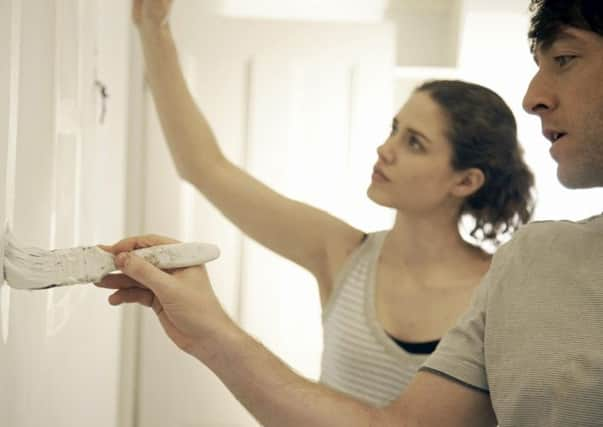DIY Tips


Don’t despair though, most common painting problems are easily averted if you follow these simple tips.
Flaking and peeling
Paint often flakes and peels over time or because of poor preparation, but there can be other causes. If you live in a period property that hasn’t been decorated for many years, flaking paint may be caused by distemper, an old-fashioned paint. To test for distemper, wet the wall with water and wait to see if the paint peels - distemper will. Get as much of it off as you can with water and a scraper, then seal the rest with a couple of coats of plaster sealer.
Advertisement
Hide AdAdvertisement
Hide AdPaint will also peel and bubble if you apply it to new plaster that hasn’t dried properly, or that has an underlying damp problem. A plaster sealer, such as an alkali-resistant primer-sealer, is a good solution because it seals the plaster like glass, but if there’s a damp problem, remedy that first.
Dull gloss
It may be down to being over-brushed or thinned. Alternatively, it may be because you haven’t allowed the gloss to dry properly between coats – it can take a very long time – or that you’ve painted in a room that’s too cold, which will slow down the drying process (paint generally shouldn’t be applied below 10C).
Runs and drips
These happen when the paint (usually oil-based) is applied too thickly and isn’t brushed out properly. To solve the problem, wait until the paint is completely dry, then sand smooth and start again.